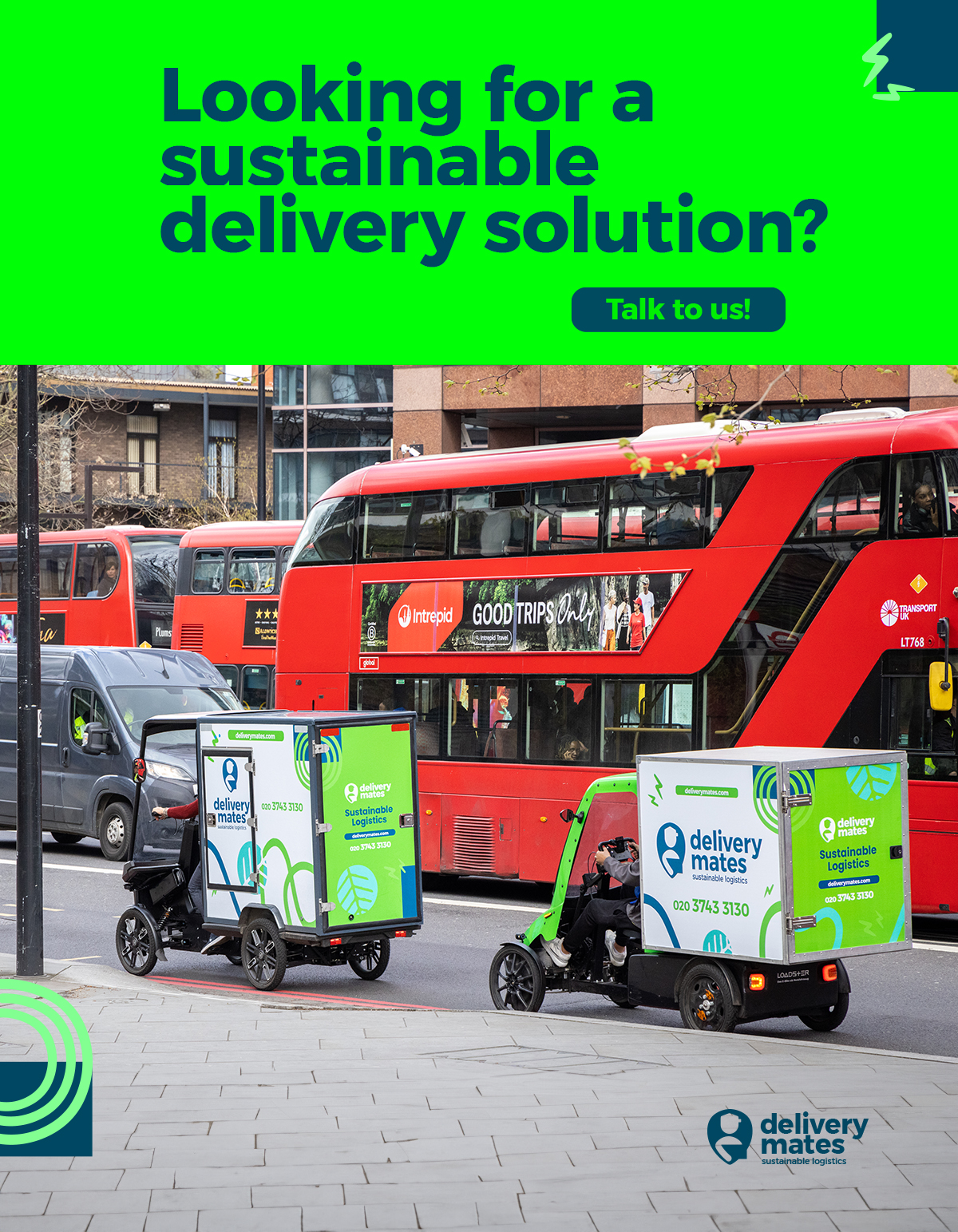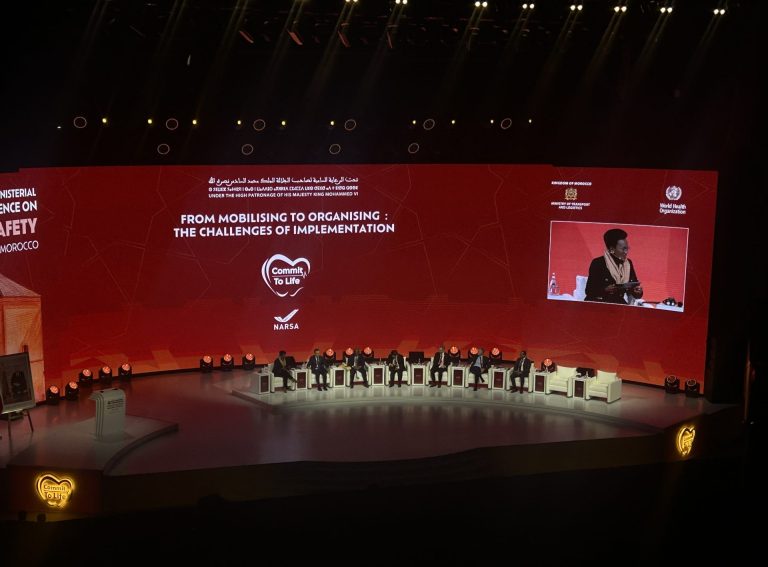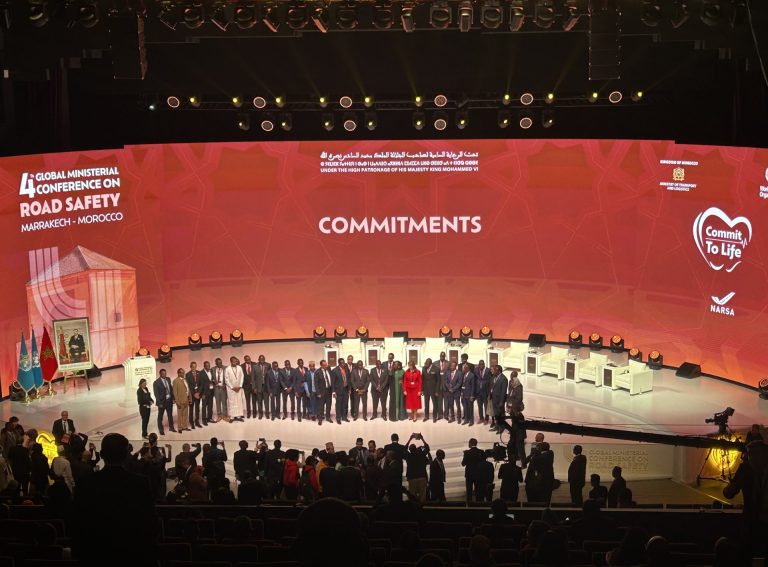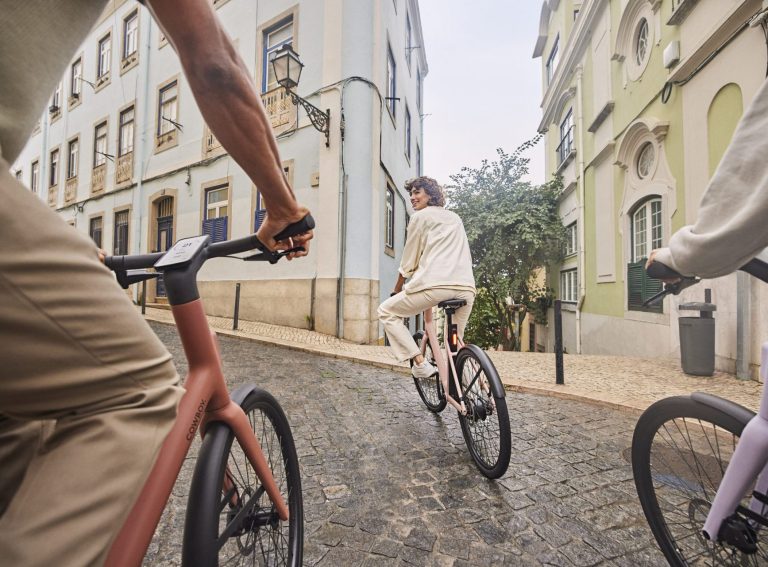Mayors and city officials convened at the 4th Global Ministerial Conference on Road Safety today to share their best practices for driving road safety transformations in cities.
A high-level plenary which Zag attended in Marrakesh heard from global transport pioneers on the steps they’re taking to shape safer sustainable urban mobility.
The panel seated Paris Mayor Anne Hidalgo, New York City Commissioner for Transport Ydanis Rodriguez, and Ecuador’s largest city Guayaquil’s Vice-Mayor Blanca López. Also seated were Abu Dhabi’s Head of Road Safety at the Integrated Transport Centre Sumaya Alneyadi, Marrakech Mobility’s Director General Abdelaaziz Fares and the FIA Foundation’s Executive Director Saul Billingsley.
Kicking off the session with a Keynote, Global Cities Hub Director Anh Thu Duong called on the tunnels of communication between the international, national and local level to be strengthened to ensure the creation of coherent and impactful policies.
“Cities must cease to be perceived as mere administrative territories where decisions are only implemented. Mayors have become players on the international stage concerned with global challenges and the means and resources to meet them,” Anh Thu said.
“At international conferences, states generally talk to each other. They negotiate amongst themselves and agreements are reached between these same states. However, if they are to have an impact on the ground, these agreements cannot be the sole concern of national ministries. These debates and decisions need to trickle down to the local level where people live, where climate change, social inequalities and pollution are felt on a daily basis.”
The panel began with a question from moderator Melinda Crane to Mayor Anne Hidalgo on best practices for driving new approaches to urban planning which feature road safety as a core component.
“For me in Paris, there has never been a difference between my agenda on climate issues, the pollution agenda and the road safety agenda,” Mayor Hidalgo told the panel.
Ms Hidalgo said that Paris had long been a city that revolved around cars. To reverse the trend and speed up the transition towards sustainable and active travel, the Mayor said a best practice for her was to implement measures that holistically tackled road safety challenges, pollution, and congestion.
She gave the example of the creation of the Rives De Seine – a riverside extension that replaced highways with parks, promenades and playgrounds. The removal of cars not only aimed to ease congestion on the highway that was thought to be splitting the city in two, but it reclaimed public space to breathe fresh air and enable children to safely play outside.
“It was a battle that I had to fight. It was a very difficult battle for me, but a battle that needed to be fought.”
Though it can come at the expense of popularity, Mayor Hidalgo believes that strong symbolic measures like the Seine transformation are necessary to speed up the movement to safe, sustainable transport. Whilst she observes the reclamation of public space to be more favoured by women, Ms Hidalgo said that men and those of high professional statuses were more challenging to get on board, as they often view cars as symbols of power and success.
Also urging for a bold shift in thought, New York City Transport Commissioner Ydanis Rodriguez calls on the audience to never use the word “accident” in the road safety conversation.
Mr Rodriguez states that most “avoidable” crashes usually happen because the driver was speeding, perhaps distracted, or drinking – “so this was not an accident.”
Instead, he states an all too common scenario – a pedestrian hit by a driver who didn’t stop for a red light. “This is about leaders who have not been creating the stop signs so that the drivers stop, and pedestrians walk,” Mr Rodriguez said.
“In New York City, what we are doing is changing the culture. We made 2023 the year for the lowest numbers of pedestrian fatalities in New York City when the United States had the highest number of pedestrian fatalities since the 1980s.”
The city achieved this by introducing the three E’s of Vision Zero: engineering and redesigning streets to make them safer for pedestrians and cyclists, investing millions into educating drivers to slow down, and working with the New York City Police Department to enforce the law.
For cities in Latin America like Ecuador’s economic capital of Guayaquil, Vice-Mayor Blanca López calls for a bottom-up approach if road safety is to improve.
“The way Guayaquil was distributed was for 100,000 inhabitants, and now Guayaquil has more than three million inhabitants.
“It requires new urban planning.”
One and a half years into office, Ms López and the Mayor’s team redistributed the city into 19 administrative areas, taking inspiration from Paris and the concept of the 15-minute city.
“Thanks to this new organisation, we created new urban centres. Those spaces mean safer roads and safer mobility for our citizens. Why? Because through these 19 urban centres, we managed to decentralise municipal services and bring them closer to the people.”
The panel also heard from Abu Dhabi’s Head of Road Safety Integrated Transport Centre Sumaya Alneyadi on how the city’s commitment to Vision Zero is altering the way in which local authorities approach urban planning and street design.
Marrakech Mobility Director General Abdelaaziz Fares spoke on the power of municipalities to shape the campaign for safer roads. Mr Fares said that Marrakesh’s priority actions revolve around four areas: legislation, education, infrastructure and collaboration on technology.
FIA Foundation Executive Director Saul Billingsley then concluded the first round of the panel with a reflection on all of the messages placed on the table. Mr Billingsley said that the main message that came out of the discussion for him echoed findings in a World Resources Institute and Overseas Development Institute report commissioned years ago by the FIA Foundation.
“We asked them to look at the political economy of cities and road safety, and what is it that makes a city take the right decisions or the wrong decisions about road safety? The key factor is political leadership and political will.
“But the trigger for that is an understanding of the Safe System. If you believe that the responsibility for road crashes falls on road users and it’s about mistakes and human error, then politicians won’t be engaged to try and fix it because it’s “one of those things” – it’s an “accident”.
“If you consider it to be a crash, then there’s a whole flow of policies that can flow from that.”




